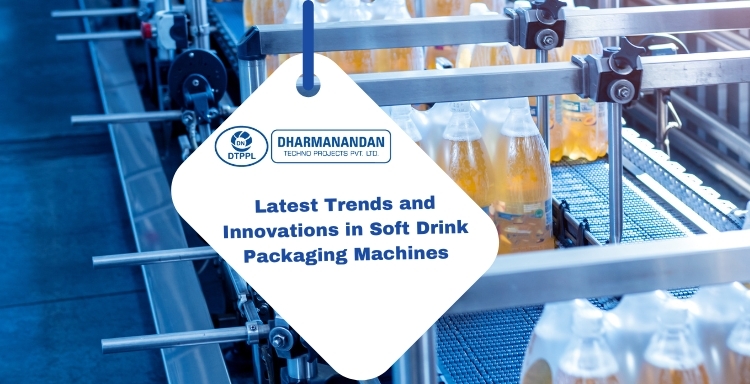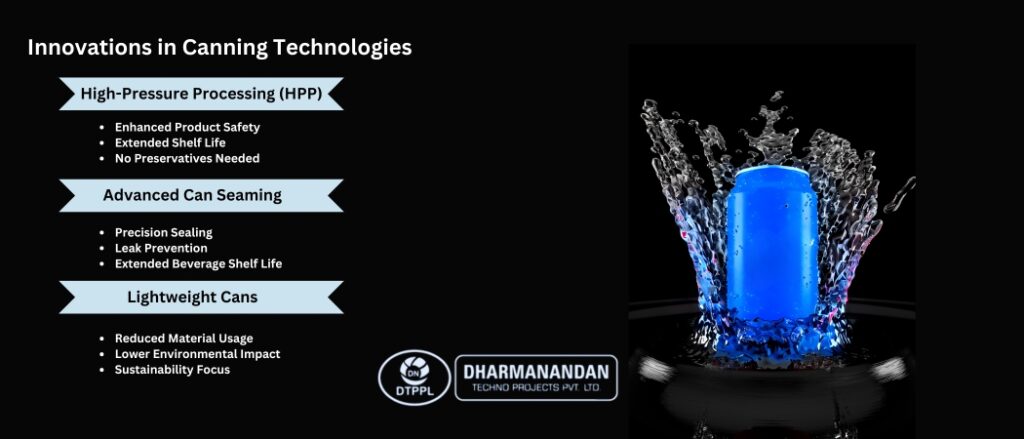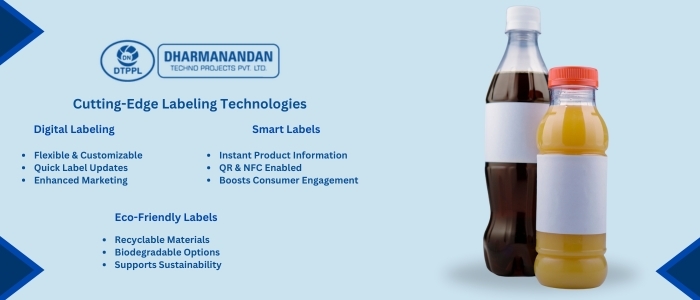
Table of Contents
Latest Trends and Innovations in Soft Drink Packaging Machines
August 15, 2024
The soft drink industry is one of the most dynamic sectors in the global market, with continuous advancements in technology driving significant changes in packaging machinery. As consumer preferences evolve and environmental concerns increase, soft drink packaging machines are becoming more sophisticated, efficient, and sustainable. This article explores the latest trends and innovations in soft drink packaging machines, focusing on advancements in bottling, canning, and labeling technologies.
1. Advances in Bottling Technologies
Bottling is a critical aspect of soft drink manufacturing, requiring precise technology to ensure product quality and efficiency. Recent advancements in bottling technologies are setting new standards in the industry.
a. High-Speed Bottling Lines
Modern soft drink plants are adopting high-speed bottling lines that significantly increase production capacity while maintaining consistency. These lines use advanced automation to handle a higher volume of bottles, reducing manual labor and increasing overall efficiency.
b. Precision Filling Machines
Precision filling machines have evolved to offer greater accuracy and flexibility. These machines are equipped with advanced sensors and control systems that ensure each bottle is filled to the exact level, minimizing waste and ensuring product quality. The integration of these technologies is essential for maintaining consistency across large production runs.
c. Energy-Efficient Bottling Equipment
With a growing emphasis on sustainability, energy-efficient bottling equipment is becoming more prevalent. New machines are designed to reduce energy consumption and lower operational costs, aligning with the industry’s push towards greener practices.

2. Innovations in Canning Technologies
Canning is another crucial aspect of soft drink packaging, with innovations driving improvements in speed, quality, and sustainability.
a. High-Pressure Processing (HPP)
High-Pressure Processing (HPP) is an innovative technology used in canning that enhances product safety and extends shelf life without the need for preservatives. HPP involves subjecting cans to high pressure, which inactivates harmful microorganisms while preserving the flavor and nutritional quality of the soft drink.
b. Lightweight Cans
To address environmental concerns, the industry is moving towards lightweight cans that use less material while maintaining durability. These cans reduce the overall environmental footprint of packaging and contribute to sustainability goals.
c. Advanced Can Seaming Technologies
Recent advancements in can seaming technologies ensure that cans are sealed with precision, preventing leaks and preserving product integrity. Enhanced seaming techniques also reduce the risk of contamination and extend the shelf life of the beverage.

3. Cutting-Edge Labeling Technologies
Labeling is a vital part of soft drink packaging, providing essential information and enhancing brand visibility. Innovations in labeling technologies are making it easier for manufacturers to meet regulatory requirements and attract consumers.
a. Digital Labeling
Digital labeling technology allows for greater flexibility and customization. Manufacturers can quickly change labels to reflect different promotional campaigns or seasonal variations, enhancing marketing efforts and reducing the need for large label inventories.
b. Smart Labels
Smart labels equipped with QR codes or NFC (Near Field Communication) technology provide consumers with instant access to product information, including nutritional facts, ingredient lists, and manufacturing details. These labels enhance consumer engagement and provide transparency.
c. Eco-Friendly Labels
As part of the industry’s commitment to sustainability, eco-friendly labeling options are gaining popularity. These labels are made from recyclable or biodegradable materials, reducing waste and supporting environmental initiatives.

4. Integration of Automation and Digitalization
The integration of automation and digitalization is revolutionizing soft drink packaging plants, offering numerous benefits in terms of efficiency and accuracy.
a. Automated Packaging Lines
Automated packaging lines are now standard in modern soft drink plants. These systems handle various tasks, including filling, capping, labeling, and packaging, with minimal human intervention. Automation improves production speed, reduces labor costs, and enhances overall operational efficiency.
b. Real-Time Monitoring and Control
Advanced soft drink manufacturing plants utilize real-time monitoring and control systems to track and manage the entire production process. These systems use data analytics to optimize performance, predict maintenance needs, and ensure consistent product quality.
c. Predictive Maintenance
Predictive maintenance technologies use sensors and data analysis to predict equipment failures before they occur. This proactive approach minimizes downtime, reduces repair costs, and ensures uninterrupted production.
5. Future Trends and Emerging Technologies
Looking ahead, several emerging technologies are poised to further transform the soft drink packaging industry.
a. Sustainable Packaging Solutions
The push towards sustainability is driving the development of new packaging materials and technologies. Innovations such as plant-based plastics, edible packaging, and advanced recycling methods are expected to gain traction in the coming years.
b. Personalized Packaging
Personalized packaging is becoming increasingly popular, with manufacturers exploring ways to offer customized labels and designs. This trend enhances consumer engagement and creates unique marketing opportunities.
Conclusion
The evolution of soft drink packaging machines reflects the industry’s ongoing efforts to improve efficiency, sustainability, and consumer engagement. From advanced bottling and canning technologies to innovative labeling solutions and the integration of automation, these trends and innovations are shaping the future of soft drink manufacturing. As the industry continues to adapt to changing market demands and environmental concerns, it is clear that technological advancements will play a crucial role in driving its success.

Director – Global Marketing and Sales
Mr. Bhavesh from Dharmanandan Techno Projects Pvt. Ltd. has played a pivotal role in elevating the DTPPL brand to the global stage, leveraging his exceptional expertise in marketing and communications. He is committed to helping clients achieve significant growth while strengthening their own brands. Dharmanandan Techno Projects Pvt. Ltd. is a leading manufacturer and supplier of water purification systems and turnkey solutions for mineral water plants. With years of experience in designing and delivering high-quality water treatment solutions, the company provides end-to-end services, including system design, installation, maintenance, and ongoing support. Specializing in scalable and customizable water plants, DTPPL has successfully served industries worldwide, ensuring clean and safe drinking water across diverse applications.
